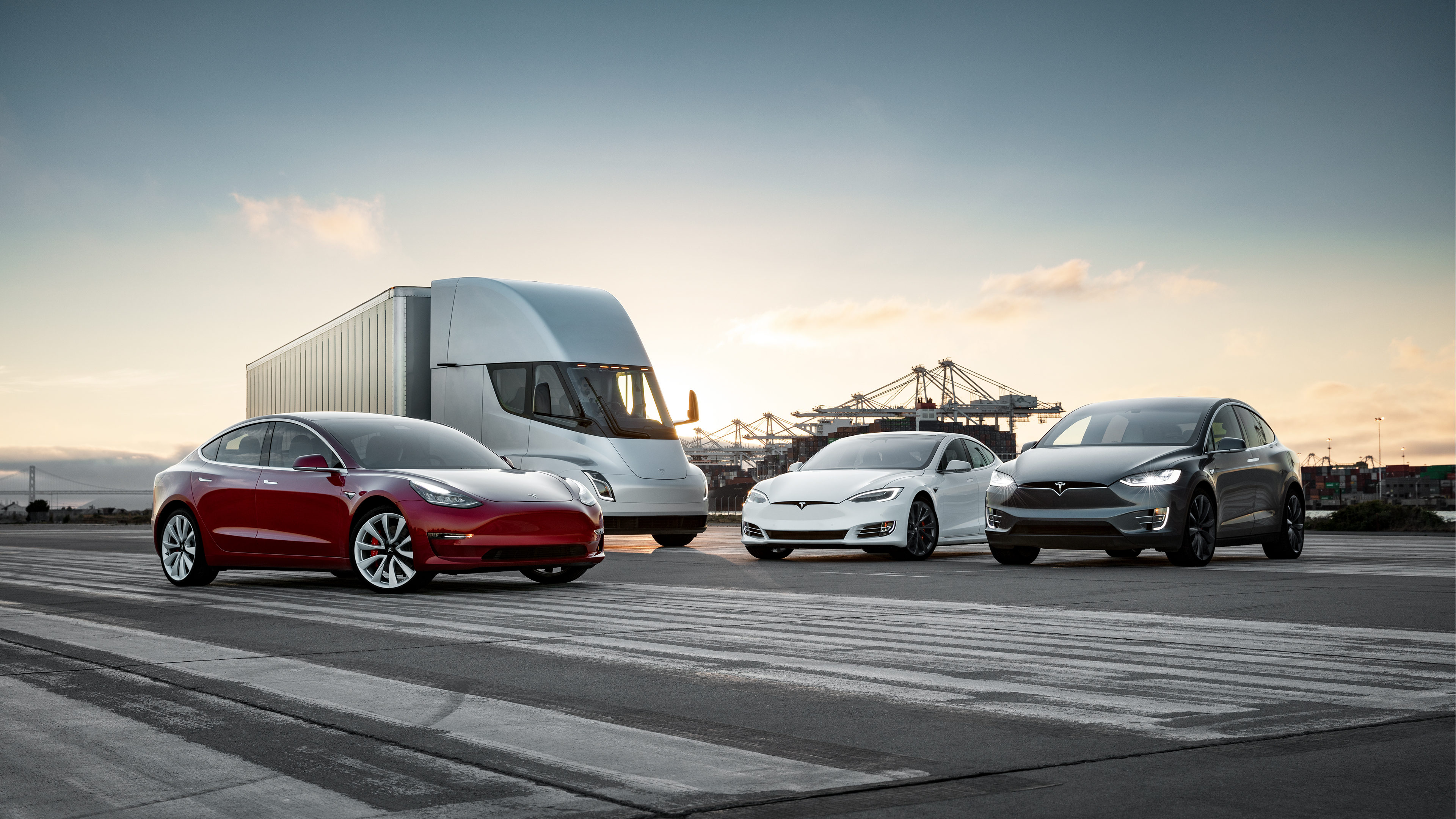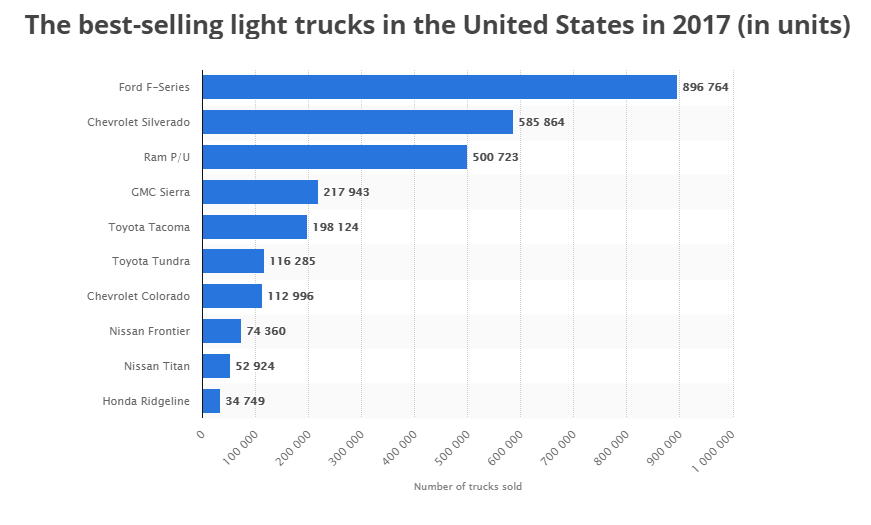Tesla’s mission is to accelerate the world’s transition to sustainable energy and it’s no secret that the company wants to build as many different vehicles as possible to help that cause.
Change of Heart: The Order of Priority
There was always the question of what comes after Model 3.
Tesla unveiled the Semi and the Roadster on November 16, 2017, making us assume that the two prototypes are next in line to reach the market. Then there was always the chatter around Model Y (all-electric crossover SUV) and a Pickup truck.
We could unveil Model Y anytime from late this year to mid next year, so March 15 is about right” – Elon Musk
Since the prototype for Semi and roadster were already unveiled it was natural for everyone to think that Tesla’s new launch line up will be Semi, Roadster, Model Y and Pickup Truck.
But Tesla CEO Elon Musk threw some cold water on our expected launch sequence.
“Lot on our plate, so it’s either get van gliders (no battery, powertrain or compute tech) from Daimler & produce sooner or do all & produce later. Not a big difference to total vehicles produced either way. Priority list is Model Y, solar roof tiles, pickup, semi, Roadster,” tweeted Elon Musk when responding to a user on Twitter.
What’s interesting to note here is Model Y and Pickup are ahead of Semi and Roadster in the order of priority. Tesla has already started accepting deposits for Semi and Roadster, and the number of large customers waiting for the semi is growing by the day.
In the first quarter 2018 earnings call, CEO Elon Musk revealed that there were about 2,000 pre-orders of the semi. That’s a massive number for a truck that costs upwards $150,000.
Model Y and the Pickup Truck
Elon Musk told investors during the recent earnings call that Model Y is production ready.
“So we’ve made significant progress on the Model Y. So in fact, I approved the prototype to into production recently. We saw – it will be 2020 before that’s in volume production. But we made great progress there. We also continue to make progress on the semi and the new Tesla Roadster. And then, actually, probably some – firstly, most excited about is the Tesla pickup truck”
Both Model Y (luxury compact Suv) and the Pickup truck are high volume products. By getting the prototype ready, Tesla will make it easier for the company to launch the product at a time of its choosing, instead of trying to figure out a way to grow after Model 3 stabilizes its growth spurt.
Model 3 has a long runway but it cannot keep growing at an exponential rate forever. There will be a time when sales growth stabilizes.

Tesla’s repeated reference to 2020, makes it clear that the company expects Model 3 sales to stabilize around that time. Tesla wants to have at least a couple of high volume products ready by that time.
Though Elon Musk’s tweet makes one think that Tesla is trying to get Model Y and the pickup truck into full production before the Semi and Roadster, none of these products will have any meaningful capacity assigned to them in the next few years.
Tesla is already near the limits of its factory in Fremont. The planned production volume at the Gigafactory is 500,000 cars per year, Tesla will try to increase but even that will not enough to accommodate Model 3’s global production volume.
Model 3 will remain Tesla’s top priority, followed by Model S/X for the next year or two and all production capacity increase will be gobbled up by Tesla’s low-cost sedan, including additional capacity that’s expected to come live in China.
Tesla needs significant production capacity increase to accommodate production of Semi, Roadster, Pickup Truck, and Model Y. Simply put, Tesla needs more factories. One in China, One in Europe and maybe another one in the United States.
As production in California goes through the grind to increase Model 3 deliveries around the world, Tesla is pushing its Research and Development unit to focus on building multiple products.
Keep the lineup ready and as and when new factories or additional capacity comes alive, Tesla can start launching them one after another.
The Tweet?
Musk is just keeping us occupied with his tweets, while his team silently chips away in the background. In my opinion, nothing has changed.
The semi and roadster are near complete products, while Model Y and the Pickup truck are not.
Tesla cannot build the semi and the roadster in any meaningful volume for some more time. So the best solution until then is to keep the R&D unit busy building new products. That’s why the semi and the roadster occupied the last two positions in Elon’s tweet.
The Unveil:
It’s clear that Tesla needs to build more factories. To build more factories Tesla needs money.
Tesla is not averse to hit the capital markets for additional funding, but the company has been saved a lot of financial pain by customers who were willing to reserve their spot by paying a deposit.
At one point Tesla had 518,000 reservations for Model 3. Customer deposits increased from $283.37 million by the end of 2015 to $663.85 million by the end of 2016. According to Tesla 2016 Annual Report (page 49), customer deposits increased by $388.4 million primarily as a result of Model 3 reservations.
Unlike the semi and the roadster, Model Y and Pickup are mass-market products. If Tesla starts accepting pre-orders, customer deposits could flow in the order of hundreds of millions boosting Tesla’s cash flow.
Money that Tesla will undoubtedly use to increase its production capacity. And please don’t forget the free of cost publicity the unveil will bring in.




